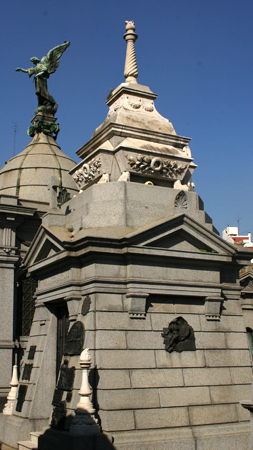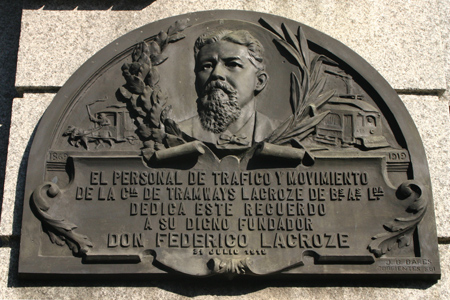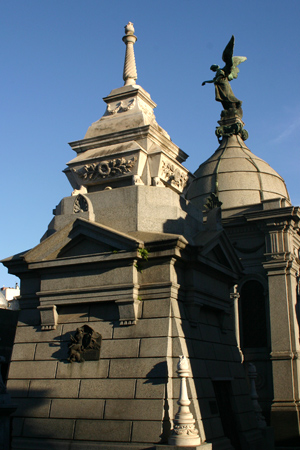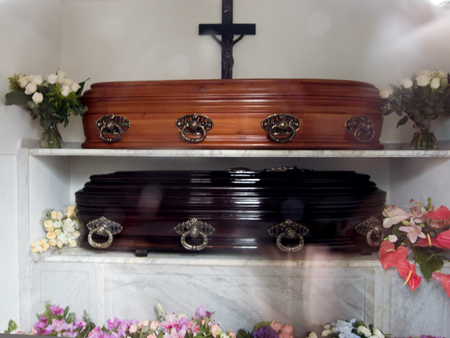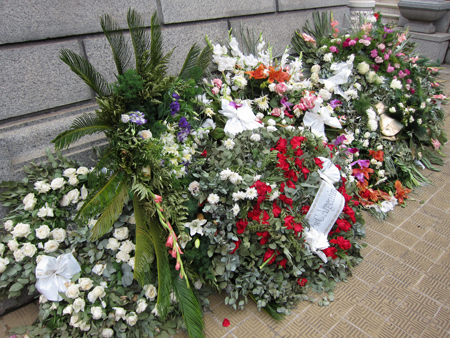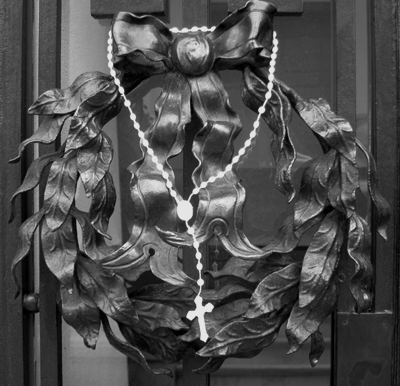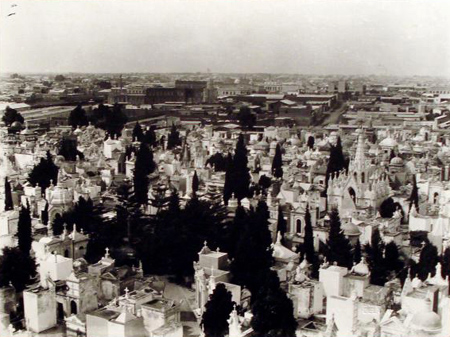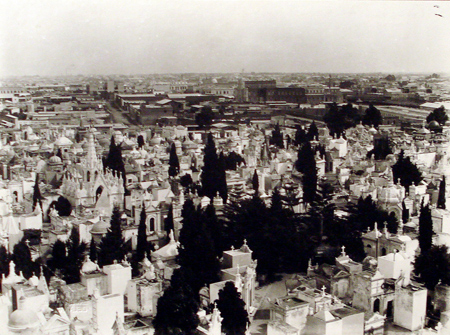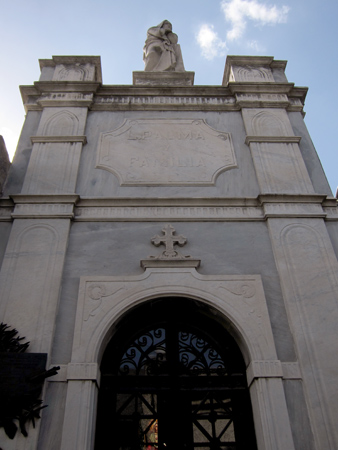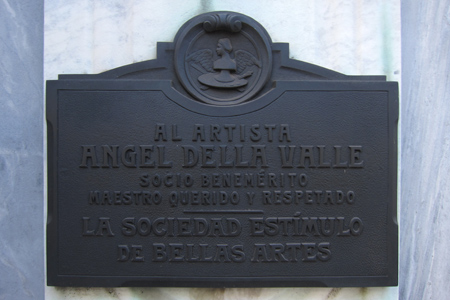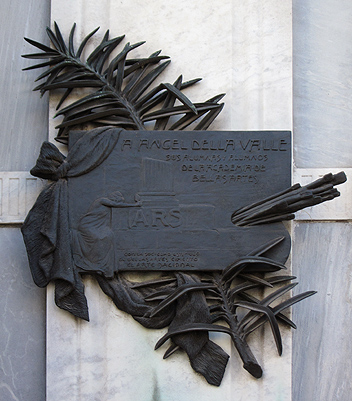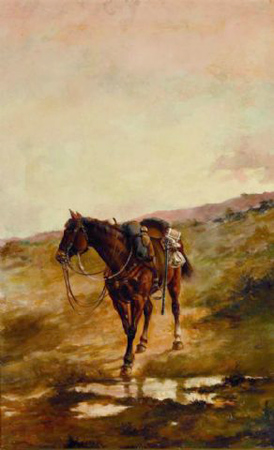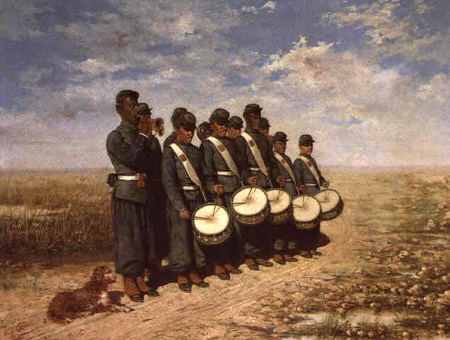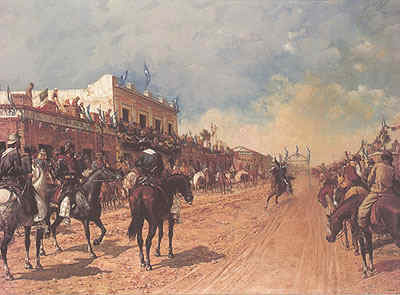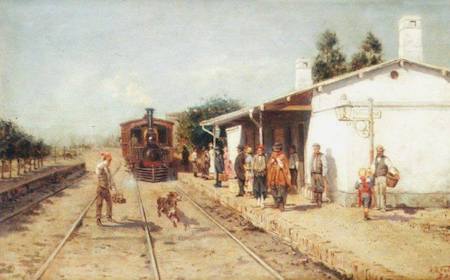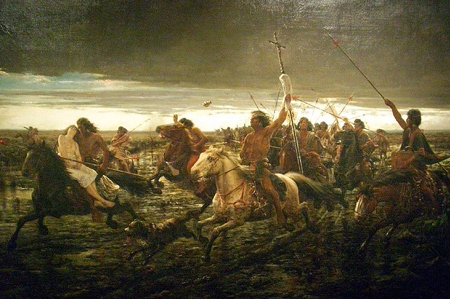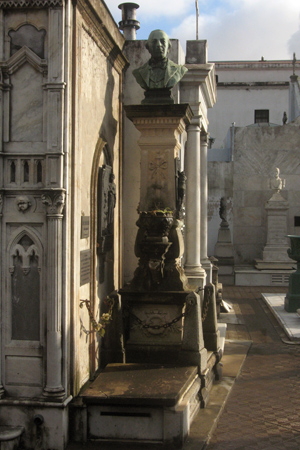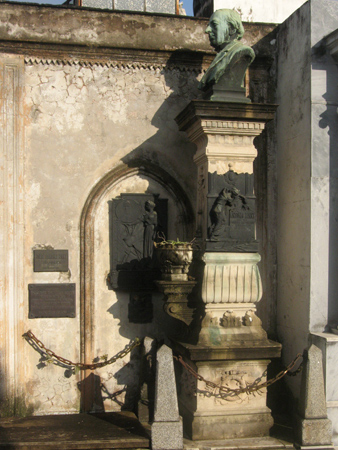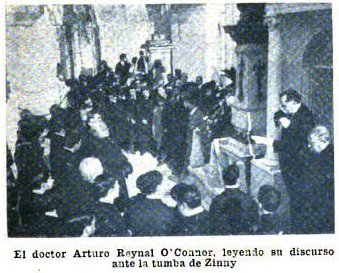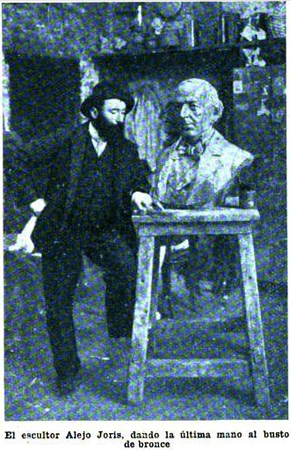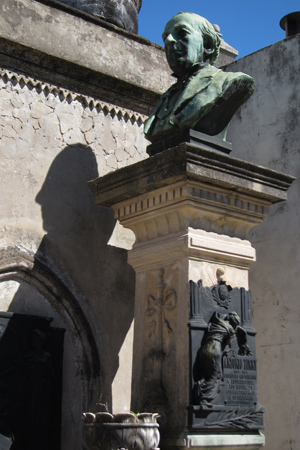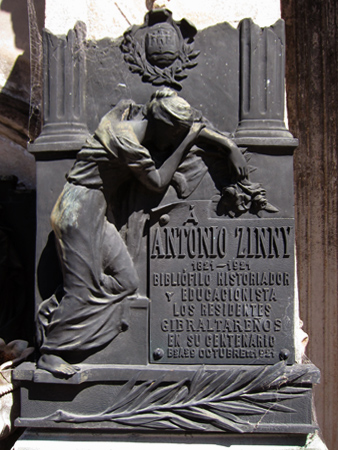
In January 2012, the folks at Pilot Film & Television Productions contacted me about helping them with a new Buenos Aires episode of Globe Trekker. Of course I agreed. The idea was to show the production crew around the cemetery… essentially give them a tour of the highlights. Evidently I passed the test, because they wanted me to appear on camera with their presenter. Excellent!
The producers returned earlier this week & brought the camera crew with them. We ended up filming 3 hours inside the cemetery—much more than I originally thought—which will be edited down to a few minutes. I wonder what will be kept, what will be cut & most importantly, how I will look/sound on television 🙂
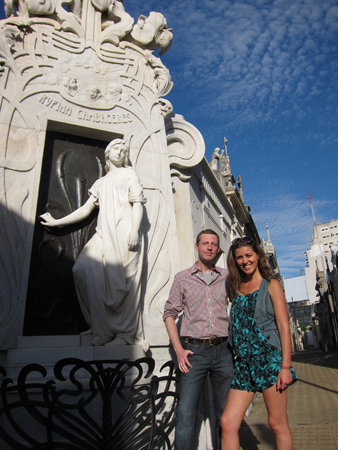
Judith, the presenter, filmed a short intro first then we did a bit about Aramburu & Eva Perón. Roca came next, followed by Firpo, Rufina & eventually Eva Perón. Unfortunately there was no time for Liliana. Even though that doesn’t sound like much, we had to do several takes for each tomb plus scenes of us walking through the cemetery. We left with the security guards hounding us out.
Since I had no idea which tombs they would request or how much time they wanted to spend on each, everything I said during the taping was completely ad-libbed. And although lifetimes & influence are difficult to sum up in a few words accurately, I think I managed to do ok.
The only way to know will be to see the final result. The producers could not give me a release date, but they will send me a DVD when it’s finished. Or maybe I’ll see it on cable tv first! I’m guessing October-ish & will definitely post some screen captures in this blog.
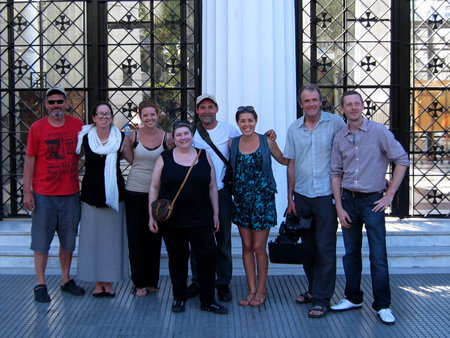
Many thanks to the Pilot crew & the crash course about working in front of the camera!
Update (Nov 2012): The show has been released… read about it in this post.
4 Comments